Search results for 'de 1 2'
-
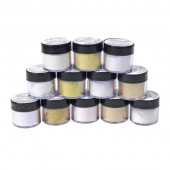
Pearl Lustre Pigments 1 kg
Starting at: £94.00
Call to Order
-
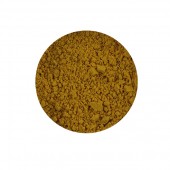
Stil de Grain
Starting at: £12.20
-
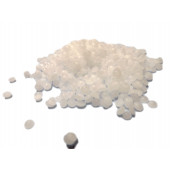
Microcrystalline Wax
Starting at: £8.50
-
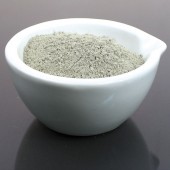
Fullers Earth
Starting at: £6.30
-
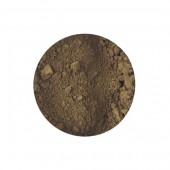
Burnt Umber Pigment
Starting at: £4.00
-
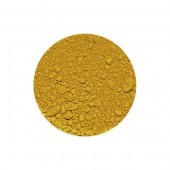
Mars Yellow Pigment
Starting at: £4.50
-
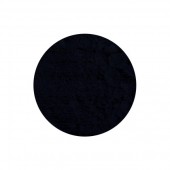
Vine Black Pigment
Starting at: £4.70
-
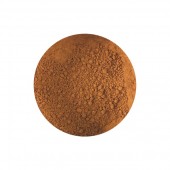
Burnt Sienna Pigment
Starting at: £4.00
-
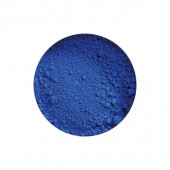
Azure Blue Pigment
Starting at: £12.00
-
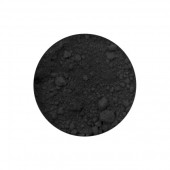
Mars Black Pigment
Starting at: £5.70
-
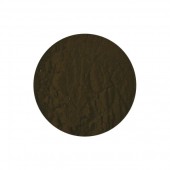
Van Dyke Brown Pigment
Starting at: £4.50
-
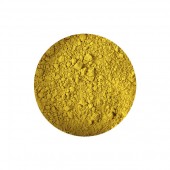
Yellow Ochre Pigment
Starting at: £4.00
-
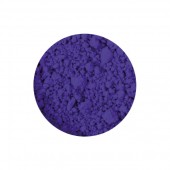
Ultramarine Blue Dark Pigment
Starting at: £4.00
-
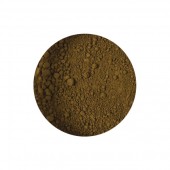
Raw Umber Pigment
Starting at: £4.00
-
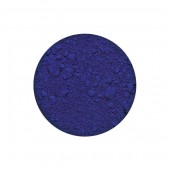
Oriental Blue Pigment
Starting at: £5.40
-
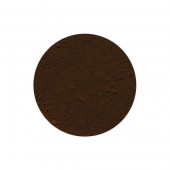
Indian Red Pigment
Starting at: £4.60
-
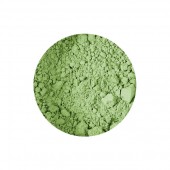
Terre Verte Pigment
Starting at: £4.00
-
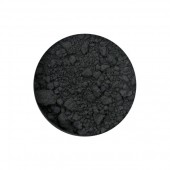
Lamp Black Pigment
Starting at: £6.70
-
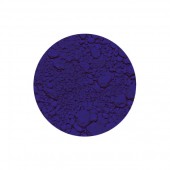
Ultramarine Blue Light Pigment
Starting at: £6.00
-
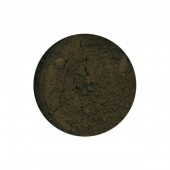
Raw Umber Greenish Pigment
Starting at: £4.80
-
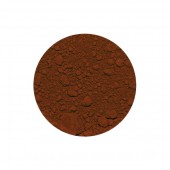
Red Ochre Pigment
Starting at: £4.00
-
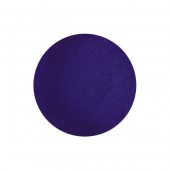
Prussian Blue Pigment
Starting at: £5.20
-
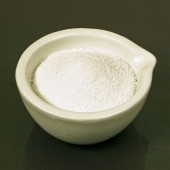
Marble Dust
Starting at: £4.70
-
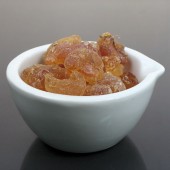
Gum Arabic
Starting at: £6.30
-
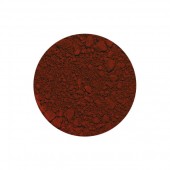
Translucent Red Oxide Pigment
Starting at: £9.80
-
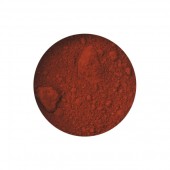
Translucent Orange Oxide Pigment
Starting at: £9.40
-
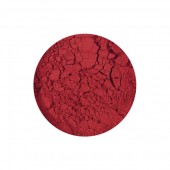
Quinacridone Red Pigment
Starting at: £5.50
-
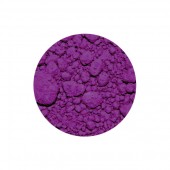
Manganese Violet Pigment
Starting at: £8.50
-
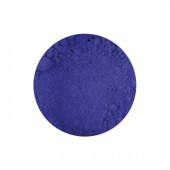
Cobalt Blue Pigment
Starting at: £6.50
-
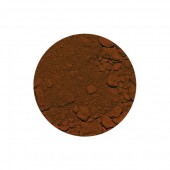
Mars Red Pigment
Starting at: £4.50





